Maps Unfolded | Mapping Art
Exhibition Maps Unfolded - From Atlas to Street Map (2): Contemporary Art
3 April 2023
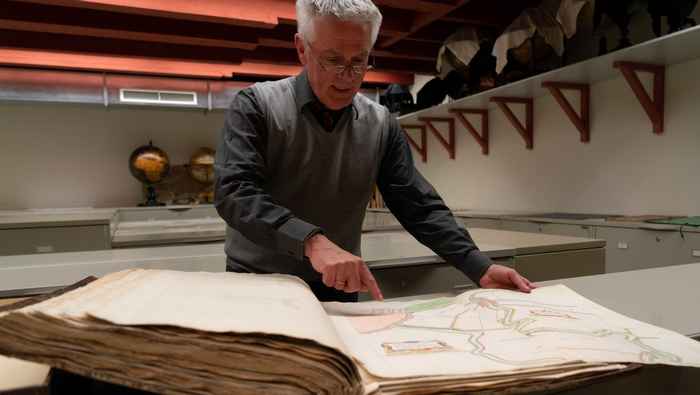
In the previous edition, we wrote that maps have always played an important role in human history. But in our modern world, maps are still indispensable. We refer specifically to the functions that maps have; they help you get from point A to point B. However, maps also have other applications, namely that of art. We discussed this with Reinder Storm, curator of cartography, geography, and travel at the Allard Pierson, the heritage collections of the University of Amsterdam, and part of the University Library.
What makes maps so special that they are used as art?
"Maps symbolise a place. A place where you come from, where you belong, or where you are going. Everyone has 'a place'. Seeing a place on a map stimulates the imagination and touches people emotionally." According to Storm, this can be a reason why people hang a map on the wall. "In addition, a map has all the characteristics of art. It is visual, colourful, stylised, flat (i.e. for hanging on the wall), decorative, meaningful, and also factual. Maps could be called a form of 'useful art.'"
Is hanging maps on the wall a recent trend?
"No, certainly not. In the past, people already hung maps on the wall. Hanging a map in the house showed an interest in science and a 'broader perspective' than just the living room," says Storm, referring to the painting De luistervink by Nicolaas Maes in the Maps Unfolded exhibition. It shows a map hanging in the house. "Even more famous are the maps in paintings by Johannes Vermeer. Maes did not paint a 'real' map; Vermeer did." Storm adds that hanging maps may also be a matter of financial reasons. "This form of art was probably cheaper than a painting."
You have enriched the Maps Unfolded exhibition by including works by artists who have been inspired by cartography. Can you tell us more about this?
"It is not uncommon for artists and heritage institutions to collaborate. There are several artists who are inspired by their surroundings. Given the characteristics of maps, artists can make good use of map material in their art. In our exhibition, works by contemporary artists Gert Jan Kocken, Remy Jungerman, Jan Rothuizen, and Qiu Zhijie can be seen." But sometimes it happens the other way around, Storm says. "It also happens that an artist creates maps that become art and are included in an exhibition as such. For example, see the work of designer Sebas van den Brink. The Allard Pierson has already received some beautiful works from him for the collection."
Reflections by contemporary artists
The Allard Pierson invites contemporary thinkers and artists to reflect on its heritage collections in the supplementary exhibition Open Map Reflections (opening on April 7th). Historical pieces are given a new context by the artists Gert Jan Kocken (1971), Remy Jungerman (1959), Jan Rothuizen (1968), and Qiu Zhijie (1969), who each provide their own unique interpretation of themes such as the treatment of colonial past, war and violence, mapping of identity, and capturing images of time.
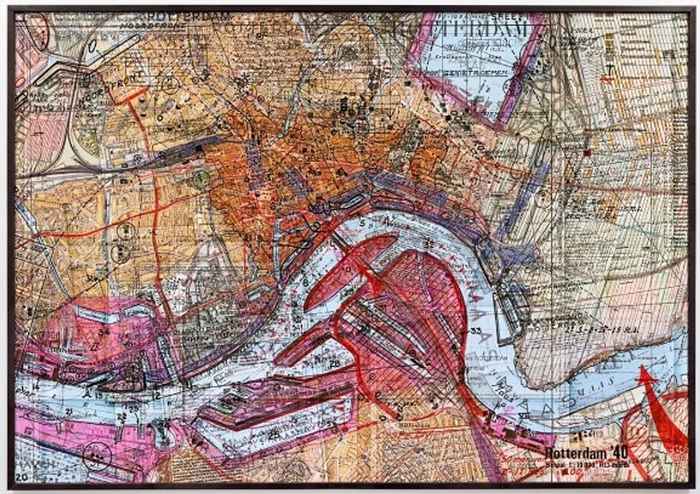
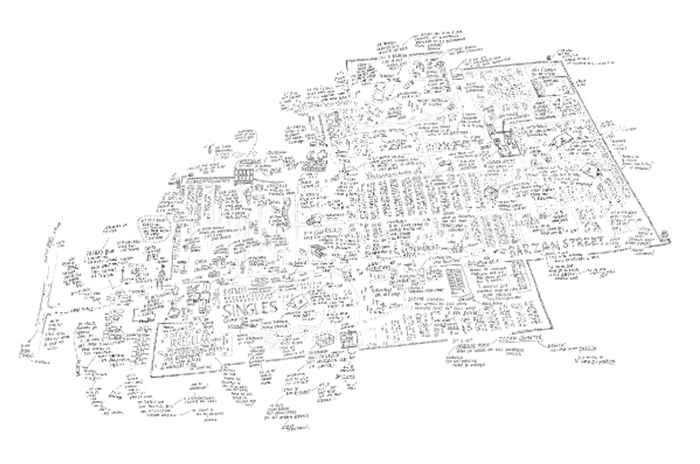
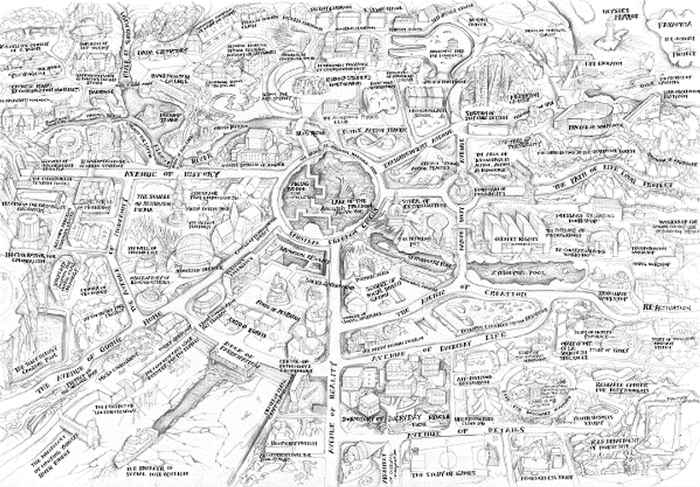
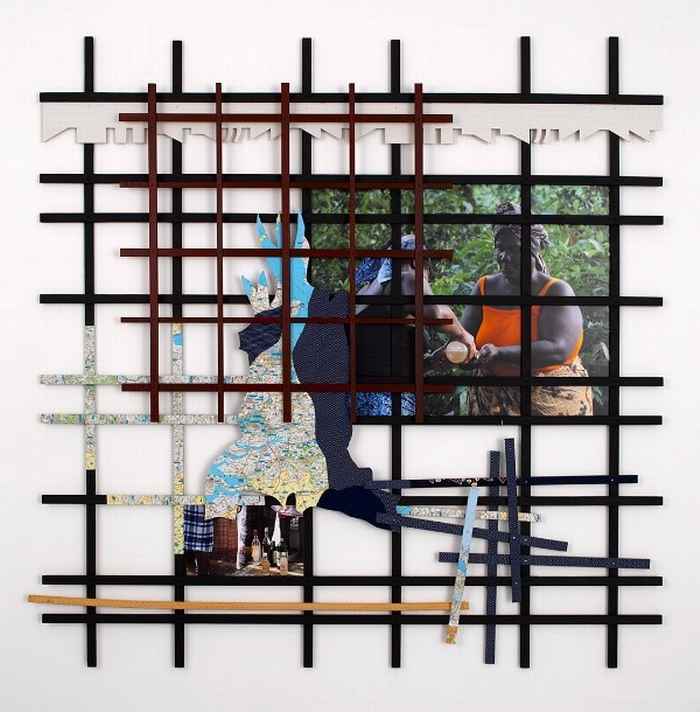
The exhibition Open Map - From Atlas to Streetmap can be seen from 2 March to 20 August 2023. The supplementary exhibition Open Map Reflections opens on 7 April.
See also the previous article in the Maps Unfolded series, about The Opening.